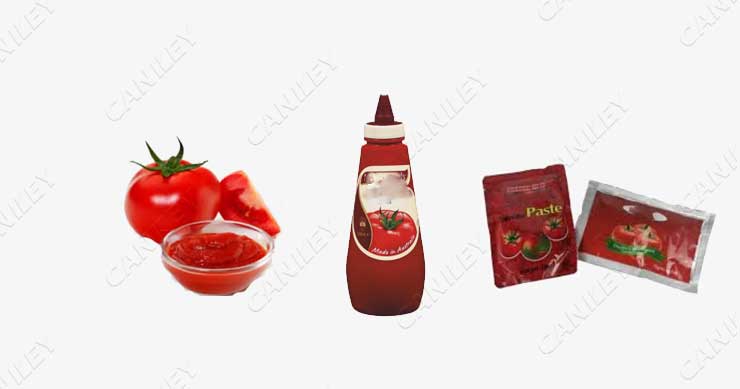When it comes to packaging tomato sauce, the choice between bags and bottles can be a crucial decision for both manufacturers and consumers. Each packaging method has its advantages and disadvantages, which can impact product quality, convenience, and sustainability. But what is the best packaging for tomato sauce?

Bag packaging for tomato sauce has gained popularity in recent years for various reasons:
- Flexibility: Bags are highly flexible and adaptable, making them ideal for packaging tomato sauce in various quantities, from small pouches to large bags. This versatility allows consumers to choose the right size for their needs.
- Portability: Tomato sauce in bags is lightweight and easy to carry, making it convenient for on-the-go consumption or for people looking to reduce waste.
- Reduced Waste: Bag packaging often results in less waste compared to bottles, as they are collapsible and can be squeezed to extract every last drop of sauce, reducing product waste.
- Cost-Effective: Manufacturing and shipping bags can be more cost-effective than bottles, potentially leading to lower product costs.
However, there are some drawbacks to bag packaging:
- Durability: Bags may not be as durable as bottles, making them susceptible to punctures and leaks during transport or storage.
- Perception: Some consumers associate bag packaging with lower-quality products, which could affect their purchasing decisions.
Bottle Packaging
Bottles have long been a traditional choice for packaging tomato sauce and continue to have several advantages:
- Durability: Glass or plastic bottles offer better protection to tomato sauce, preventing contamination and maintaining product quality over time.
- Aesthetic Appeal: Bottles often convey a premium image and may be more appealing to consumers, especially those looking for higher-end products.
- Shelf Stability: Tomato sauce in bottles typically has a longer shelf life, thanks to better sealing and preservation methods.
However, bottle packaging has its downsides:
- Weight and Size: Bottles are bulkier and heavier than bags, which can be inconvenient for transportation and storage.
- Difficulty in Emptying: It’s challenging to extract every drop of sauce from a bottle, leading to more product waste.
- Environmental Impact: Glass bottles, in particular, have a higher environmental footprint due to their weight and energy-intensive manufacturing process.
Choosing the best packaging for tomato sauce depends on various factors, including product quality, consumer preferences, and environmental considerations. Bags offer flexibility, reduced waste, and cost-effectiveness but may lack the durability and premium perception of bottles. Bottles, on the other hand, provide better protection, aesthetic appeal, and longer shelf life but are bulkier and less environmentally friendly.
Ultimately, the decision between bag packaging and bottle packaging for tomato sauce should align with your brand’s values and customer expectations. Some companies even offer both options to cater to a wider range of consumers. As sustainability becomes increasingly important, exploring eco-friendly packaging materials and designs can also be a viable solution to meet consumer demands while minimizing environmental impact.
